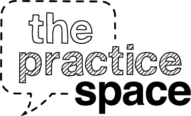RESOURCE 6
Presentation Cheat Sheet: Tips for Structure and Language
Preparing presentations is different than putting together an essay or some other written form of report. To present effectively, you need to first think about making your ideas memorable enough that they do not need to be written down. Think about the needs of your audience and the purpose of your talk. The structure of your presentation should be informed by audience needs and driven by what will help you communicate your ideas in a clear, relevant, and engaging way. Use short sentences, powerful word choice, and emotional writing to make ideas stick in the minds of your audience, with or without slides.
Common Structure Elements:
Regardless of the topic, most presentations are structured by these common elements:
- Connect: Connect to the audience by referencing a common experience or concern.
- Contribute: State how you will be contributing something new to the conversation.
- Preview: Frame the main idea in terms of how your presentation will help the audience.
- Illustrate: Teach new information by illustrating complex ideas with examples, case studies, research, or stories.
- Synthesize: Synthesize or sum up key takeaways.
- Extend: Take the main idea one step further by offering one more final thought or implication that is especially memorable.
Possible Arcs (and Variations):
While every speech contains the structure elements listed above, the exact flow can vary based on the “arc” that appeals most to your audience:
- Problem-Solution-Result: Good for proposing new ideas or reporting out on a project
- Variations:
- Problem-Failed Solution-Solution-Result
- Problem-Proposed Action-Short Term Impact-Long Term Impact
- Problem-Current Approach-Short Term Result-Long Term Impact
- Variations:
- Question-Case Study-Takeaway: Good for teaching new concepts or research talks
- Variations:
- Question-Lesson-Example-Why it Matters
- Question-Lesson-Example-What’s Next
- Variations:
- Universal Idea-Personal Connection-Application to World: Good for keynotes
- Variation:
- Personal-Universal-Application
- Personal-Application-Universal
- Variation:


